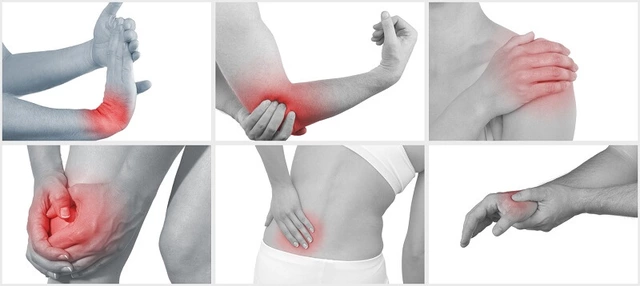Mouth Pain Warning Signs
When you feel a sharp or lingering ache inside your mouth, it’s more than just a nuisance. Mouth pain warning signsare specific symptoms that indicate an underlying dental or medical problem that needs prompt attention often point to issues like oral healththe overall condition of teeth, gums, and surrounding tissues, gum diseaseinflammation and infection of the gums caused by bacterial plaque, or even early oral cancermalignant growths that can develop in the mouth or throat. Recognizing these signs early can prevent more severe damage, reduce treatment costs, and keep you comfortable. mouth pain warning signs act as a red‑flag system that tells you when a simple sore has turned into a health alert.
The first step is to understand what each sign looks like. A persistent throb that lasts longer than a few days, especially after eating, often signals tooth decaythe breakdown of enamel caused by acids from bacteria. Loose teeth, bleeding while brushing, or receding gums are classic gum diseasesymptoms that can progress to periodontitis if untreated. If you notice a sore that won’t heal, white or red patches, or a feeling of something “stuck” in the mouth, these may be early manifestations of oral canceroften linked to tobacco, alcohol, or HPV infection. Another less obvious cause is neuropathic pain, where nerve damage creates burning or tingling sensations that are unrelated to an infection but still count as warning signs.
Common Causes and What They Mean
Understanding the relationship between the cause and the symptom helps you decide when to act. Tooth decay influences mouth pain warning signs by creating cavities that expose nerves; a quick dental visit can halt the process. Gum disease encompasses gum pain warning signs such as swelling, tenderness, and bad breath—if you skip regular cleanings, plaque builds up and the disease advances. Oral cancer can manifest as persistent mouth pain, especially if the pain is localized to a specific area and doesn’t improve with typical remedies. Neuropathic pain is a type of mouth pain warning sign that often requires a neurologist’s input rather than a dentist’s. Lastly, temporomandibular joint disorder (TMJ) creates jaw clicking and aching that mimics dental pain but actually stems from joint stress.
Bottom line: every time you notice a new or worsening ache, ask yourself three questions—how long has it lasted, what triggers it, and does it come with other signs like bleeding, swelling, or a visible lesion? If the answer points to any of the patterns above, schedule a professional evaluation within a week. Early detection not only saves you from painful procedures but also improves outcomes for serious conditions like oral cancer. Below you’ll find a curated set of articles that break down each warning sign, explain the science behind them, and give you clear next steps. Dive in to arm yourself with the knowledge that turns a simple ache into a proactive health move.

- Oct 12, 2025
- Posted by Cillian Osterfield
Toothaches and Oral Cancer: Recognizing the Warning Signs
Learn how to tell a regular toothache from early oral cancer signs, know the risk factors, and discover steps for prompt detection and care.
Categories
- Health and Wellness (61)
- Medications (45)
- Health and Medicine (22)
- Pharmacy Services (11)
- Mental Health (5)
- Health and Career (2)
- Medical Research (2)
- Business and Finance (2)
- Health Information (2)
Latest Posts
©2025 heydoctor.su. All rights reserved





